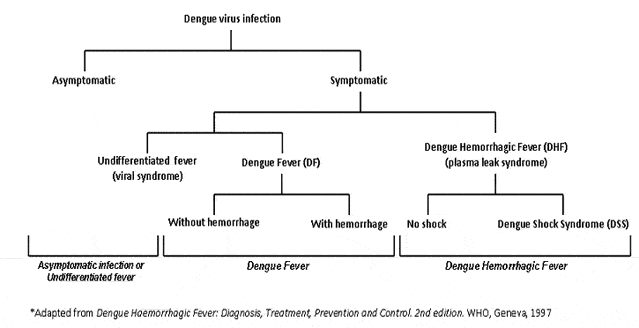Fever which is also known as pyrexia is an increase of more than 1°C or any rise in maximal temperature.
Normal temperature is between 36°C and 37.5°C with diurnal variation of 1°C with lowest temperature at 2-4 am and maximum temperature in afternoon.
Measuring of temperature
The body temperature is measured with a mercury thermometer, which is kept in position for about a minute.
Usually temperature is recorded in the axilla. However, it can be measured in mouth, in ear and in rectum.
Severity of fever
1. Mild Fever 37.2°C – 37.8°C
2. Moderate Fever 37.8°C – 39.4°C
3. High Fever 39.4°C- 40.5°C
4. Hyperpyrexia >40.5°C
Types of Fever
1. Continuous Fever: Temperature remains above normal throughout the day and does not fluctuate more than 1 °C in 24 hours, e.g. lobar pneumonia, typhoid, urinary tract infection,brucellosis, typhus, brucellosis, etc.
2. Remittent Fever: Temperature remains above normal throughout the day and fluctuates more than 1 °C in 24 hours. This is most common, e.g., typhoid, Infective endocarditis, etc
3. Intermittent Fever: Elevated temperature is present only for some hours of the day and becomes normal for remaining hours, e.g., malaria, kala-azar, pyaemia, or septicemia
4. Hectic or Septic: The temperature variation between peak and nadir is very large and exceeds 5°C,e.g., septicaemia, etc
5. Pel Ebstein type: There is a regular alteration of recurrent bouts of fever and afebrile periods. The temperature may take 3 days to rise, remains high for 3 days and remits in 3 days, followed by apyrexia for 9 days seen in Hodgkin’s lymphoma.
6. Low Grade Fever: Temperature is present daily especially in the evening for several days but does not exceed 37.8C at any time, e.g.,tuberculosis.
Causes of fever
1. Infections: Bacterial, viral, fungal, parasitic, etc.
2. Various skin inflammations: boils, or abscess
3. Immunological diseases: lupus erythematosus, sarcoidosis, inflammatory bowel diseases, Kawasaki disease
4. Tissue destruction which can occur in hemolysis, surgery, infarction etc
5. Cancers, most commonly kidney cancer and leukemia and lymphomas
6. Metabolic disorders: gout , porphyria, acidosis,dehydration.
7. Traumatic: crush injury
8. Physical agents: Heat stroke
Pathophysiology
Temperature is ultimately regulated in the hypothalamus. A trigger of the fever, called a pyrogen, causes a release of prostaglandin E2 (PGE2). PGE2 then in turn acts on the hypothalamus, which generates a systemic response back to the rest of the body, causing heat-creating effects to match a new temperature level.
Use
Fever can aid in host defense. There are certainly some important immunological reactions that are sped up by temperature, and some pathogens with strict temperature preferences could be hindered. Fevers may be useful to some extent since they allow the body to reach high temperatures, causing an unbearable environment for some pathogens. White blood cells also rapidly proliferate due to the suitable environment and can also help fight off the harmful pathogens and microbes that invaded the body.
Fever has several important functions in the healing process:
· Increased mobility of leukocytes
· Enhanced leukocytes phagocytosis
· Endotoxin effects decreased
· Increased proliferation of T cells
· Enhanced activity of interferon
Treatment
Fever may or may not be treated. Sometimes people may recover themselves. The ibuprofen is an effective antipyretic.Acetaminophen / paracetamol is also widely used.











